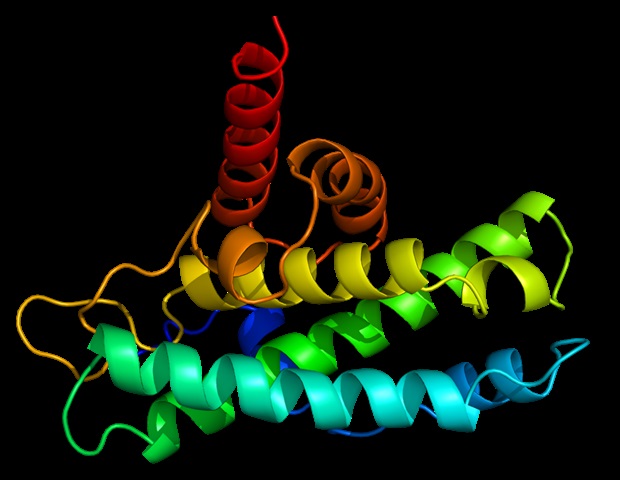 ELLEN KNIGHT/BBC
ELLEN KNIGHT/BBCA man who was diagnosed with early-onset dementia at the age of 42 has raised more than…

 ELLEN KNIGHT/BBC
ELLEN KNIGHT/BBCA man who was diagnosed with early-onset dementia at the age of 42 has raised more than…
DAKAR, Senegal — An Ebola outbreak that has plagued southern Congo in recent weeks is starting to be contained, the World Health Organization said Wednesday, with no new cases reported since the U.N. health agency’s last update on Oct. 1.

Stress granules are droplet-like protein hubs that temporarily shield fragile RNA from cellular stresses such as toxins. VCP is a protein essential for breaking up stress granules and has been linked to neurodegenerative diseases….

Semantic dementia (SD) is a progressive neurodegenerative disease characterized by impaired confrontation naming, receptive vocabulary deterioration and impaired single-word comprehension as core clinical manifestations. Individuals…

Many Americans choose food based on cost and nutrition, but personal values, such as animal welfare and environmental concerns, also shape what ends up on our plates.
Now, researchers at the Gerald J. and Dorothy R. Friedman…

A recent analysis reveals that older adults with prior incarceration report worse physical and mental health than their peers, even if they were incarcerated in the distant past. The findings are published in the Journal of the…

Researchers from Osaka Metropolitan University have discovered how the balance of bacteria in the stomach affects the growth of neuroendocrine tumors (NETs). By identifying the specific bacteria involved and the biochemical…

Menopause before the age of 45 (known as early menopause) is associated with an increased risk of an array of serious diseases, including cardiovascular disease and osteoporosis. A new study suggests that it may also force women out…